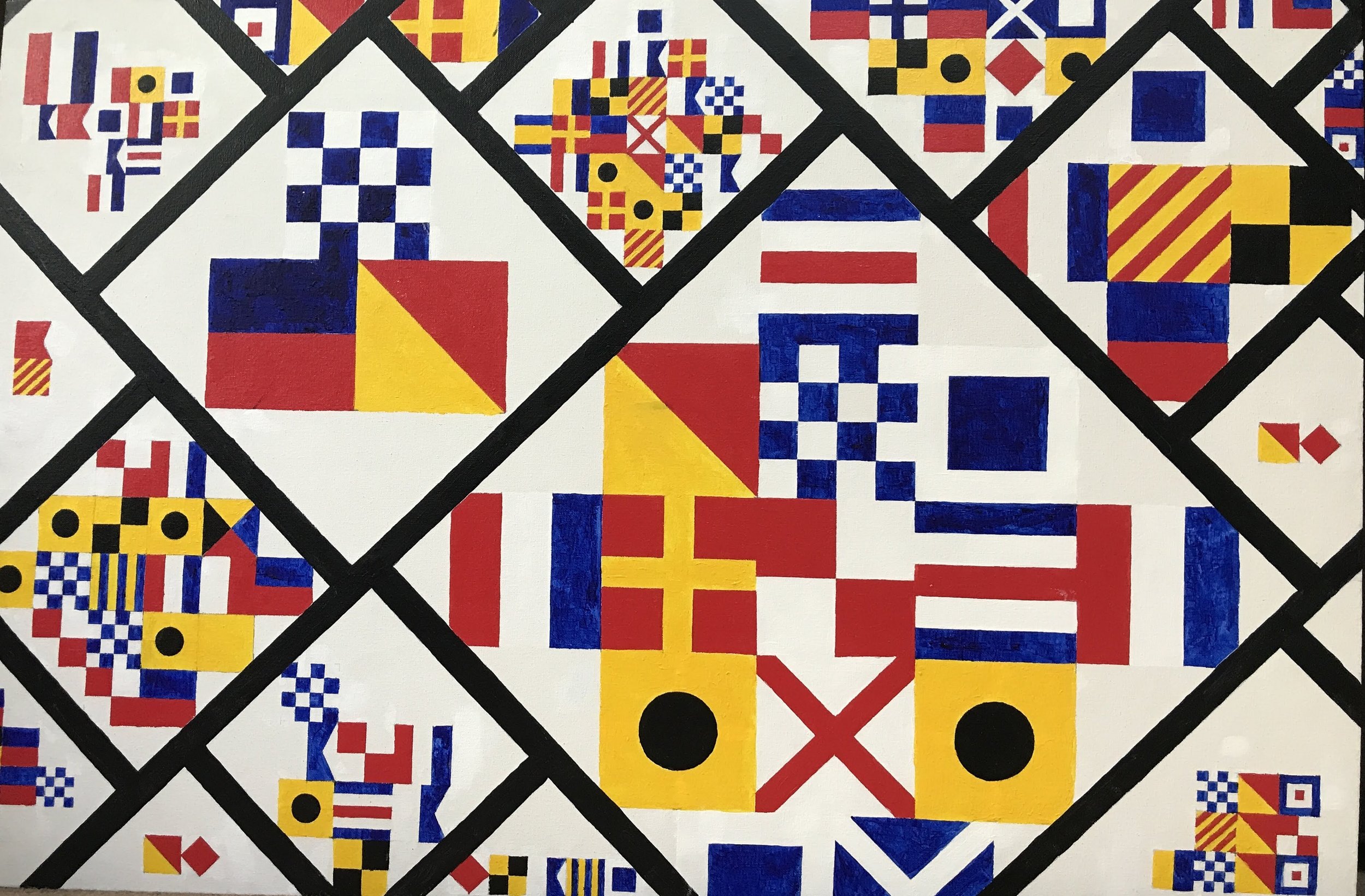EMPOWERMENT AVENUE
uses JOURNALISM & ART — pre-entry — to empower incarcerated people
Empowerment Avenue is the vision of Rahsaan “New York” Thomas, who became a journalist, podcast host, and filmmaker while incarcerated at San Quentin State Prison. Empowerment Avenue is a collective that supports and normalizes the inclusion of incarcerated writers, artists, and filmmakers in mainstream venues by bridging the gap between them.
That means capacity building for publications, galleries, museums and other organizations committed to this work, while prioritizing support networks for incarcerated creatives to get their work outside prison walls, be fairly compensated for it, and contribute creatively to the abolition movement and liberation of incarcerated people.
Order from left to right. Lamavis Comundoiwilla, "2042" 2020 Bruce Fowler, Kelvin Ross Pollution Free Cruising and Grooving in the Park 2021, "Ruth" 2020 TAFKA Clark Rockefeller, "Manifesto" 2022, Mark A. Cádiz aka Rev. M. Seishin Cádiz, V
As Executive Director of Empowerment Avenue, Rahsaan set vision for the work, building networks to help expand the horizons of empowerment for artists/writers/filmmakers in prison and fundraise. Supported by Christine Lashaw, Director of our Visual Arts for Liberation cohort, Dejon Joy, Website Manager, and Miye Sugino, Advocacy Coordinator, Empowerment Avenue gives people trapped behind bars avenues to amplify their voices and earn a living wage.
Currently their efforts have focused on creating pathways and replicable models. They are cultivating inside curators as institutional leaders to develop exhibitions with inside artists. They also aim to build an active collector base of buyers from outside, and build partnerships with museums, outside artists, and galleries to implement projects and expand to films.
Our mission is to normalize the inclusion of incarcerated writers and artists in mainstream venues by bridging the gap between them, harnessing this creative proximity as a path to decarceration and public safety.
That means capacity building for publications, galleries, museums, and other organizations committed to this work while prioritizing support networks for incarcerated creatives to get their work outside prison walls, be fairly compensated for it, and contribute creatively to the abolition movement and liberation of incarcerated people.




